DANCE: Go Straight to the Good Parts
Lightsey Darst assesses the "The Dream Channel" (Episode 2), an atmospheric dance spectacle by Ballet of the Dolls' Zhauna Franks, and finds the production moody and satisfying, if not revelatory.
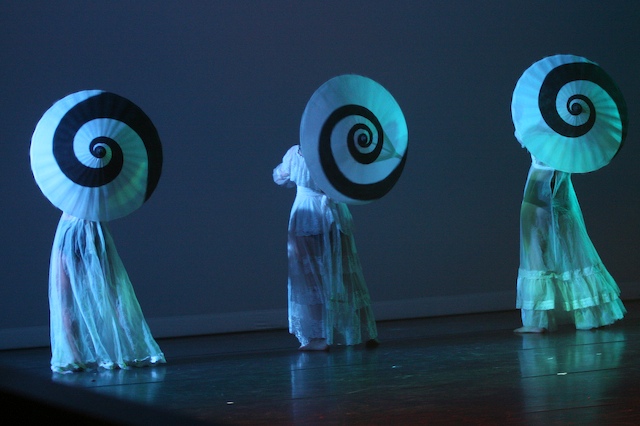
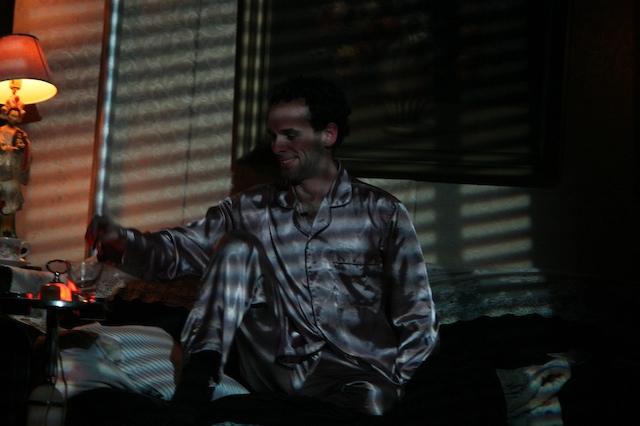
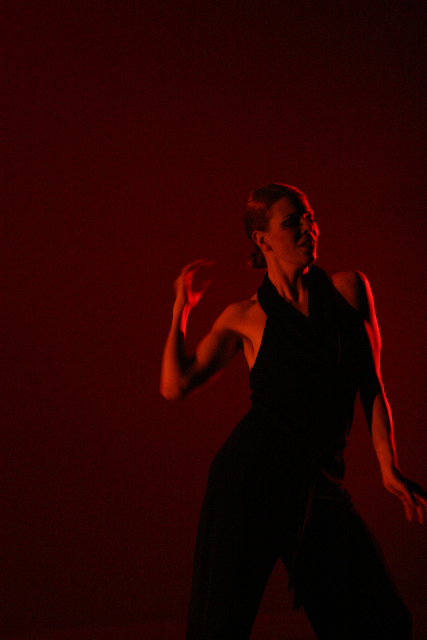
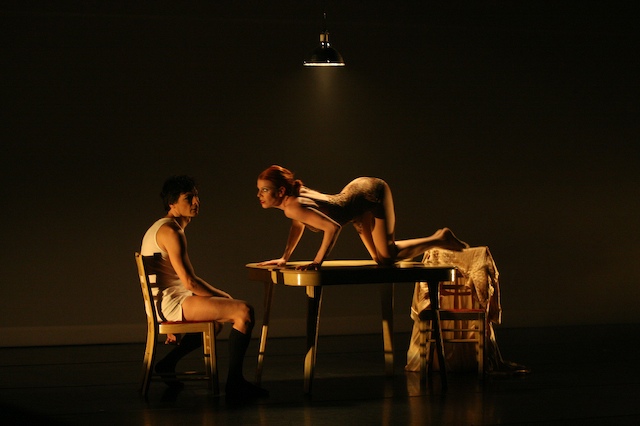
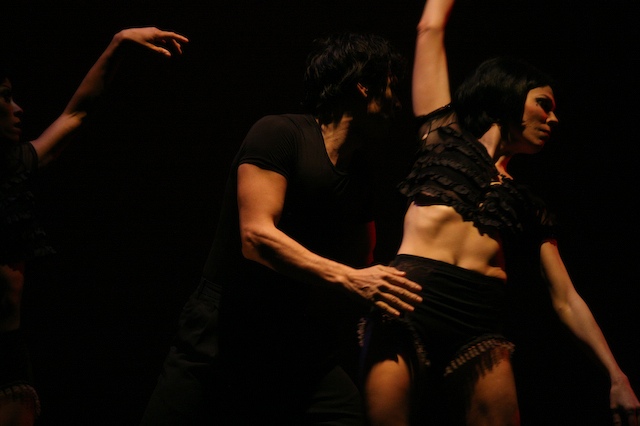
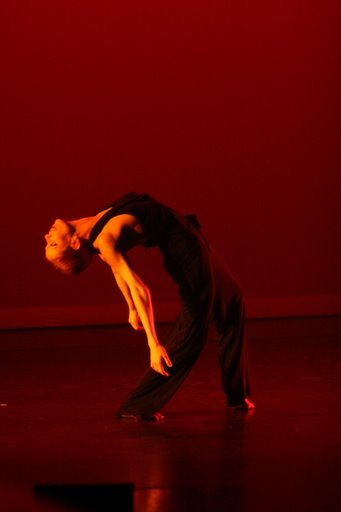
“WELCOME TO THE EDGE OF REALITY,” says our host, leering lizard-eyed in a silk dressing gown. After this welcome, he tosses off a few puns about what we’re about to see (“high-octane nocturnal emissions”), then launches into high-camp radio-opera sponsor spots. Lights silhouette a single dancer on the stage; she lounges and spins through a longing song. Then it’s a fast scene of nightmarish shadowplay, then a parade of vintage lingerie, then a dream scene from an urban drama (call it “The Unloved Wife”)—just her soulful wandering, not a stitch or word of the rest of the story.
And who wants it? After all, we don’t need the rest of the story; we know it. Most of the clunky and boring bits in narrative art are “the rest of the story,” exposition, set-up, the dreary work of what artists think they need to tell us. Why not just do the good parts? Mostly, that’s what Zhauna Franks does in her The Dream Channel (Episode 2). She strings together odd, moody, sexy, or funny snatches along the spine of a noir-ish soundtrack without any of the usual narrative connective tissue. In the dream scene above, the wife slips out of a standup papier-mâché dress and slides across stage in a faded pearl-gray bodysuit to the armchair where her wifebeater-clad husband is out cold under a single lightbulb. He stays inert while she drapes or stiffly lays her body across him (like a TV tray); at the end of the dance she slips back into her dress-prison. That’s it. We never return to the scene or the characters—and we don’t need to. Franks milks each scene for its drama, soaks in the mood for a moment, and then moves on.
Franks knows her strengths. Not the least of these is the participation of her fellow Ballet of the Dolls veterans, who know better than anyone in the Cities how to put across Franks’s moods (in their louche melancholy and cabaret play, not so far from Dolls director Myron Johnson’s work). Variously slinky, curvy, lithe, and sparkly, the Dolls can dance, pose, and act; sequins and undress are their second skin, and spotlights are their habitat. Franks’s movement—a mix of anatomy-doll dislocations and jazz standbys—isn’t revolutionary, but it does the job. And she has an extraordinary sense of detail. A beauty in a peacock blue dress saunters across the front of the stage; when she’s gone, the curtains behind her open, revealing a man in a feathery half-tutu. He’s seeking someone; he can’t find her in the ghostly Puritan brides who glide past him. The blue beauty isn’t essential to the man’s drama, and she never returns, but the memory of her hangs in the viewer’s mind—thanks to the perfect pitch of that blue shade, the well-tuned contrast between her rolling movement and the brides’ virginal stiffness. Franks’s sense of detail extends to text as well: the script she’s written for Kevin McCormick (full of offbeat charisma as the host) is rich with clever lines.
Occasionally, Franks does get beyond herself. A duet that goes on too long devolves into one carousel lift after another; a dance for four women doesn’t grow after the curtain’s gone up on their admittedly gorgeous ruffled frocks and Marie Antoinette bouffants. But overall, Franks keeps The Dream Channel short and sweet, and she’s wise to. As an artist, she’s mostly an illustrator. I can’t say I learned anything new from The Dream Channel, or saw any part of myself in a new light, or even found myself surprised. Rather, the anodyne pleasure of The Dream Channel is closer to what great fashion or the perfect soundtrack offers: an aestheticized and amplified version of our mood—in this case, a post-collapse, hot mess kind of mood. Judging by the enthusiastic response from the (sadly small) crowd, it’s a mood we’re all jonesing to indulge. Pass the absinthe, please.
About the writer: Lightsey Darst writes on dance for Mpls/St Paul magazine and is also a poet who served as the founding coordinator of mnartists.org’s What Light: This Week’s Poem publication project.
What: The Dream Channel (Episode Two) by Zhauna Franks
Where: The Ritz Theater, Minneapolis
When: Performances run through February 14
Tickets: $20-22